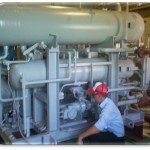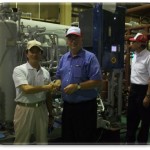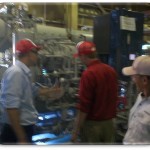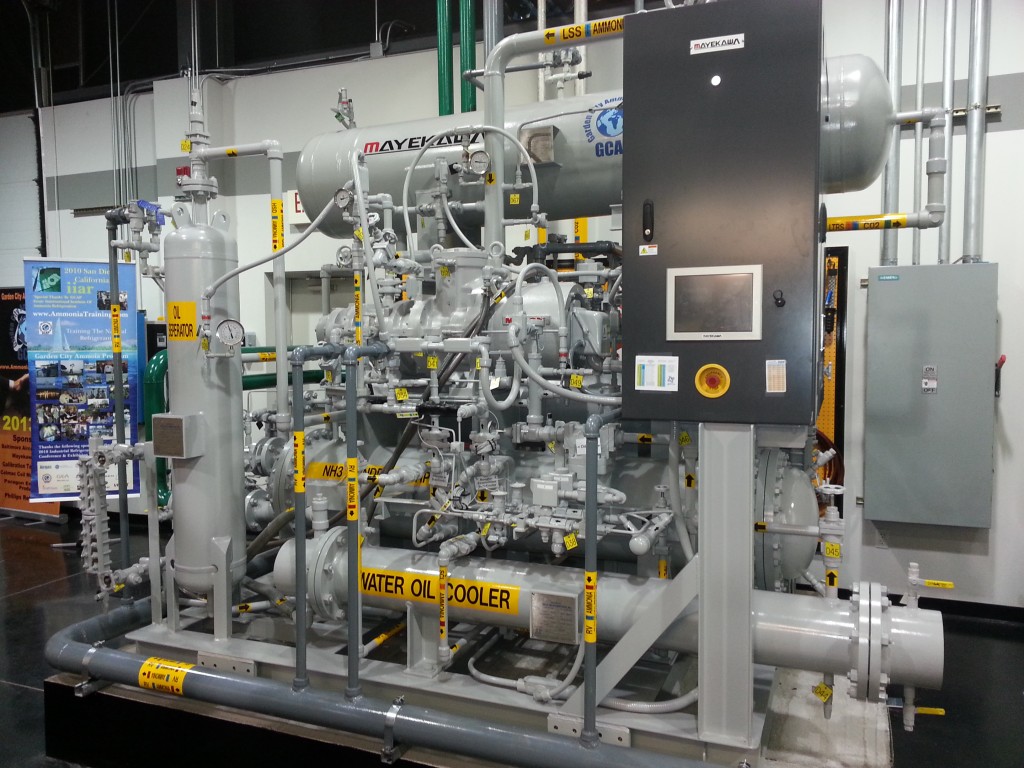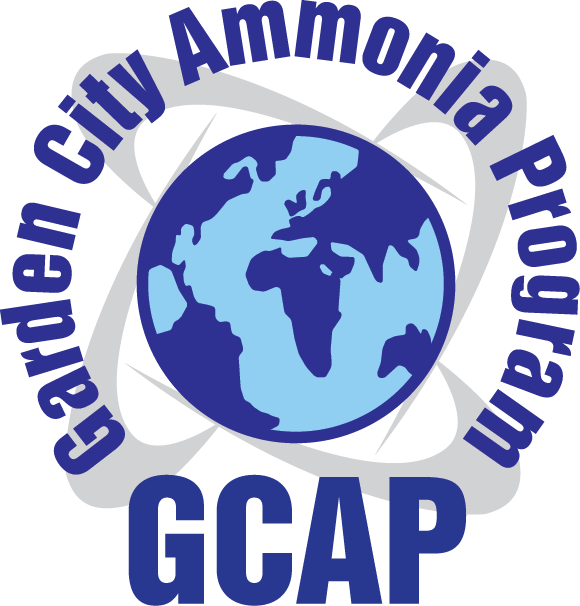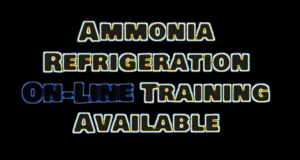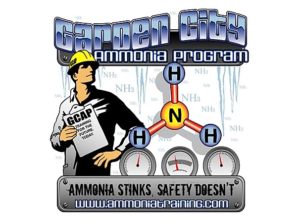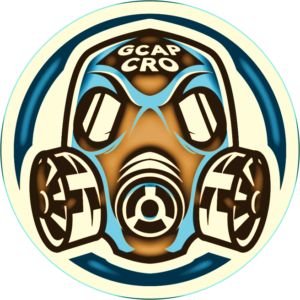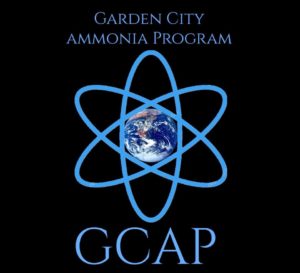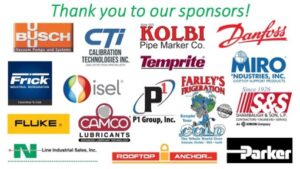Archive for July, 2015
NewTon 3000
by Jeremy Williams on Jul.13, 2015, under News
GCAP is proud to have the first ever running NewTon 3000 manufactured by Mayekawa installed in the US. The voyage to get it here started in 2009 when GCAP traveled to Japan. The system was operational in August of 2012. Here is a link to this story.
GCAP offers CO2 Technician training about every 3 months and has trained over 100 professionals in the new adventure with CO2 applications for both industrial and commercial refrigeration. For class dates see this link.
CIMCO Refrigeration partners with Mayekawa to bring the NH3/CO2 Newton 3000 to the U.S. In order to offer a new industrial solution to our market and trying to avoid some of the pitfalls of large-scale NH3 processes, including large charges and inventories throughout the plant. This package is pre-fabricated and low-charge for the ammonia side, with automatic controls, single or two stage design, with option ecomonization. It will include a semi-hermeitc IPM motor for the screws. GCAP is very proud to say they have the first running semi-hermetic ammonia screw compressor running the the United States for ammonia design.
To date, around 500 NewTons have been successfully installed, and GCAP was at the celebration in Japan last year when they reached 300. In the U.S, CIMCO recently completed its second installation in California. CIMCO says they have another 10 projects with the NewTon in the workings.
NH3/ CO2 cascade refrigeration system for a grocery store remodel proves energy savings.
We look forward to this growth and look forward to be in the best position to offer training on this design and system.
www.CO2Training.com
Freon Phaseouts?
by Jeremy Williams on Jul.08, 2015, under News
In support of President Obama’s Climate Action, under this final rule, various hydrofluorocarbons (HFCs) and HFC-containing blends that were previously listed as acceptable alternatives under the SNAP program are now listed as unacceptable for specific uses. This rule is part of the SNAP program’s continuous review of alternatives to find those that pose less overall risk to human health and the environment. Specifically, this action changes the listing status for certain HFCs in various end-uses in the aerosols, refrigeration and air conditioning, and foam blowing sectors. This action also changes the status from acceptable to unacceptable for certain hydrochlorofluorocarbons (HCFCs) being phased out of production under the Montreal Protocol on Substances that Deplete the Ozone Layer and section 605(a) of the Clean Air Act, where substitutes are available that pose overall lower risk to human health and/or the environment.
 In its original delisting announcement in August 2014, EPA jarred the HVAC&R industry by proposing that the indicated refrigerants be phased out as of January 2016. However, in its final rule, the agency moved those dates back by at least one year. First projected was January 1st, 2016.
In its original delisting announcement in August 2014, EPA jarred the HVAC&R industry by proposing that the indicated refrigerants be phased out as of January 2016. However, in its final rule, the agency moved those dates back by at least one year. First projected was January 1st, 2016.
